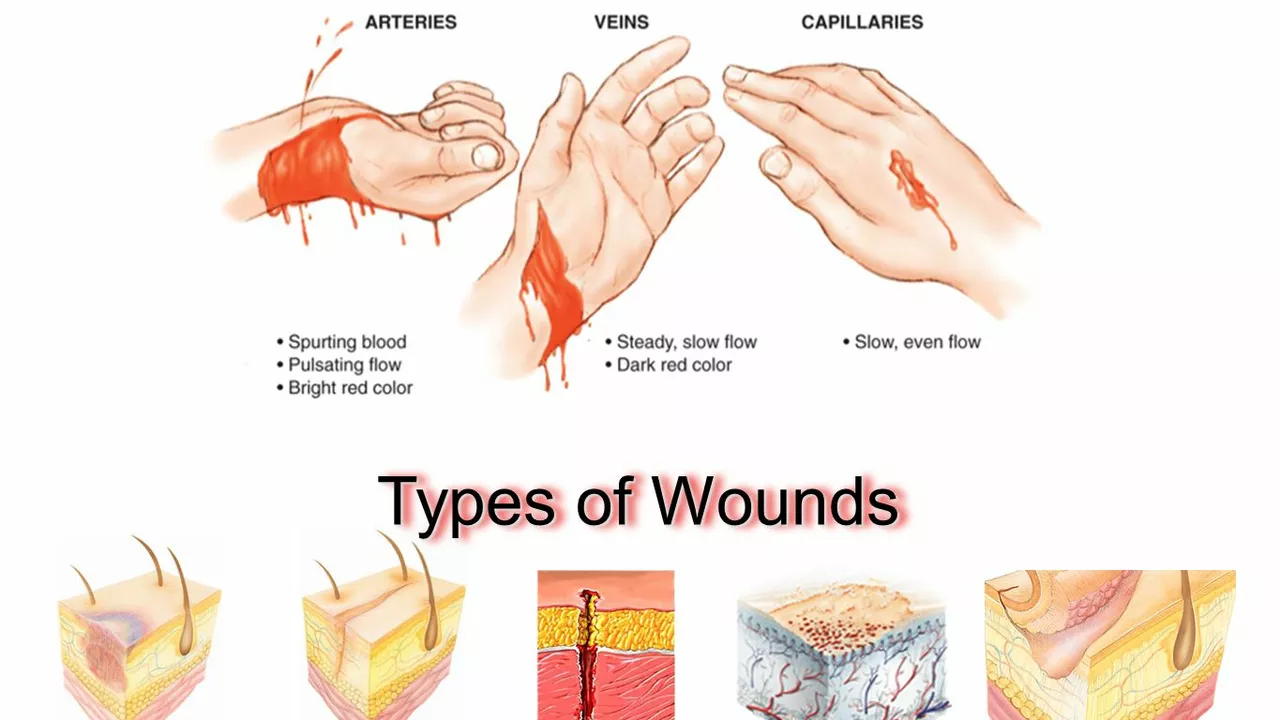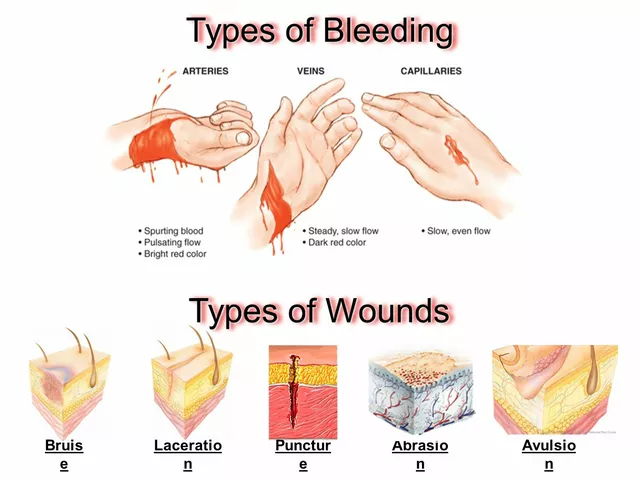Introduction to Soft Tissue Injuries
As a fitness enthusiast or an athlete, it's essential to understand the different types of soft tissue injuries one could encounter. Soft tissue injuries refer to damage sustained by muscles, ligaments, and tendons - the "soft" components of your body. In this article, we'll explore the various types of soft tissue injuries, their causes, and their treatments.
Strains: Muscle and Tendon Injuries
A strain occurs when a muscle or tendon overstretches and tears. This type of injury is common in sports that involve sudden movements or changes in direction, such as soccer, basketball, and tennis. Strains can range in severity from mild to severe, depending on the extent of the damage. Mild strains may cause discomfort and limited mobility, while severe strains can result in significant pain, swelling, and bruising. It's important to rest and apply ice to the affected area, as well as seek professional medical advice for proper treatment and rehabilitation.
Sprains: Ligament Injuries
Sprains involve damage to the ligaments, which are the fibrous bands that connect bones to each other. A sprain occurs when a ligament is stretched or torn, often as a result of a sudden twisting motion or impact. Like strains, sprains can vary in severity and may cause pain, swelling, and bruising. Rest, ice, compression, and elevation (RICE) are the initial steps to take when treating a sprain, but a healthcare professional should also be consulted for a proper diagnosis and recovery plan.
Contusions: Bruising and Hematomas
Contusions are caused by a direct impact or blow to the soft tissue, resulting in bruising and small blood vessels breaking under the skin. The pooling of blood in the affected area can lead to pain, swelling, and discoloration. Hematomas are severe contusions where larger blood vessels are damaged, causing a more significant accumulation of blood. While most contusions can be treated with RICE, severe hematomas may require medical intervention to drain the collected blood and prevent complications.
Tendonitis: Inflammation of Tendons
Tendonitis is an overuse injury resulting from repetitive motion or excessive strain on a tendon. It leads to inflammation, pain, and reduced mobility in the affected area. Commonly affected tendons include the Achilles tendon, rotator cuff, and patellar tendon. Treatment for tendonitis often involves rest, ice, and over-the-counter anti-inflammatory medications. However, it's crucial to address the underlying cause of the injury to prevent recurrence. This may involve changing your exercise routine, improving your technique, or seeking professional guidance on strengthening the surrounding muscles.
Bursitis: Inflammation of Bursae
Bursitis is the inflammation of the bursae, small fluid-filled sacs that cushion and reduce friction between tissues, such as bones, tendons, and muscles. Bursitis often occurs from overuse, direct impact, or prolonged pressure on the affected area. Common sites for bursitis include the shoulder, elbow, hip, and knee. Treatment typically involves rest, ice, and anti-inflammatory medications, but in some cases, a healthcare professional may need to aspirate or inject corticosteroids into the bursa to alleviate symptoms.
Stress Fractures: Tiny Cracks in Bones
Although not a soft tissue injury per se, stress fractures are worth mentioning as they often result from overuse and repetitive strain on the musculoskeletal system. They are tiny cracks in the bone that develop when the muscles surrounding the bone become fatigued and can no longer absorb the impact from activities like running or jumping. Rest is the primary treatment for stress fractures, but it's essential to identify and address the cause to prevent recurrence. This may involve modifying your training program, improving your technique, or consulting a healthcare professional to assess any underlying biomechanical issues.
Dislocations: Misaligned Joints
Dislocations occur when the bones in a joint become misaligned, often due to a sudden impact or forceful movement. Although not strictly a soft tissue injury, dislocations can cause damage to the surrounding ligaments, tendons, and muscles. Symptoms include severe pain, swelling, and deformity in the affected joint. Immediate medical attention is required to realign the joint and assess the extent of any soft tissue damage. Rehabilitation and strengthening exercises will be necessary to restore function and prevent future dislocations.
Soft Tissue Injuries: Prevention and Management
Preventing soft tissue injuries involves a combination of proper training, technique, and self-care. This includes gradually increasing training intensity, allowing for adequate rest and recovery, practicing good form, and maintaining flexibility and strength in the muscles and connective tissues. Should you experience a soft tissue injury, it's essential to seek professional advice for appropriate diagnosis and treatment, as well as to identify and address any contributing factors to reduce the risk of recurrence.
Conclusion: Taking Care of Your Soft Tissues
Understanding the different types of soft tissue injuries is crucial for anyone involved in sports or physical activity. By being aware of the signs and symptoms, you can take appropriate action to address the injury and prevent further damage. Remember to listen to your body and consult a healthcare professional if you're unsure about the severity of an injury or the best course of action for recovery.


